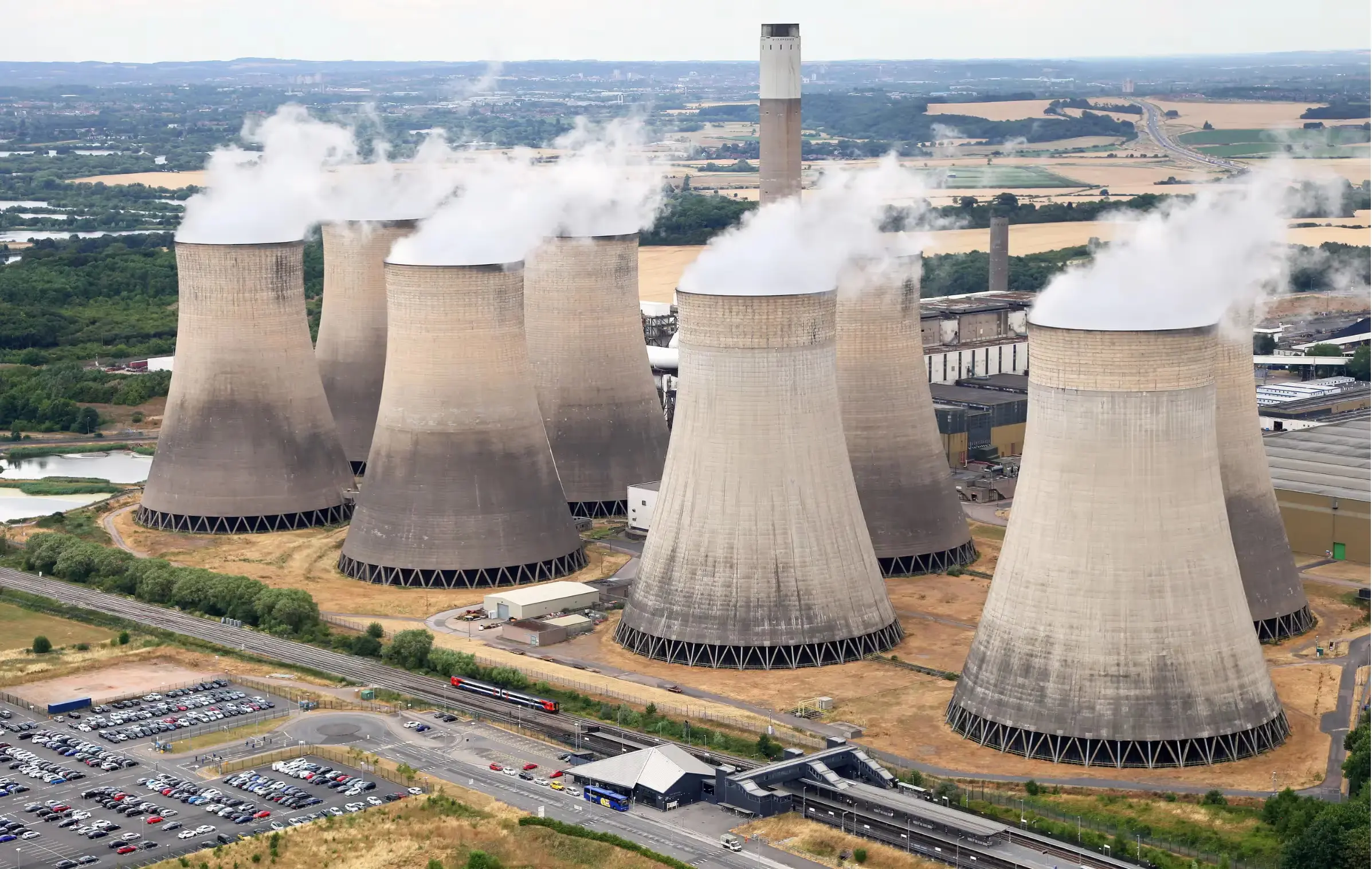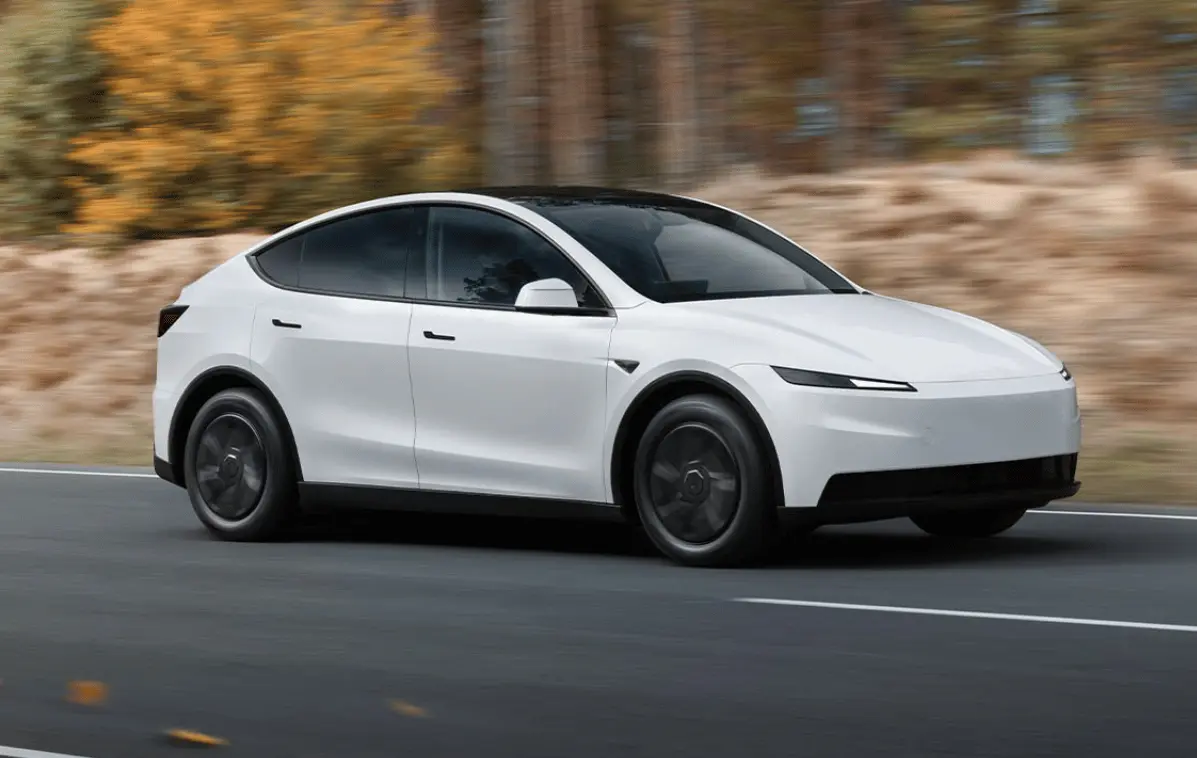Earlier this week, on Monday 30th September the UK power grid stopped using coal, as the very last coal power station in Ratcliffe-on-Soar shut down for good. Since 12th January 1882, which is when the very first coal-fired power station opened in London, the UK burnt a total of 4.6 billion tonnes of coal, causing 10.6 billion tones of carbon dioxide to be released into the atmosphere. The UK has targets to reduce its contribution to the ongoing climate change crisis and removing coal from the power generation mix up, is a crucial step in the right direction.
For the past few decades, the power that makes up the grid has been getting greener and cleaner, at quite a rapid pace. As early as the 1990s, coal was already starting to be replaced by gas, which while still a fossil fuel, is a lot cleaner to burn than coal. By 2012, coal was still producing 39% of the power for the grid.
In 2008, the first legally binding climate targets were put into motion. By 2015 the target was clear that within the next decade, coal would be removed as a source for the grid and nine years later, this has been achieved.
The expansion for renewables is also gaining pace. Back in 2010, only 7% of the UK grid was powered by renewables, fast forward to 2024 and it is regularly around 50%, with wind being the most dominant source. On the 10th January 2023, a new target for wind generation was hit, with 21GW in just one day.









